Using Diane Arthur’s methods, you’ll be able to turn an experience that both managers and employees often dread into a positive and constructive exchange. Her writing style is clear, concise and focused; she gets her points across with bulleted lists, sample forms and a list of 70 tips scattered throughout the book and then summarized in an appendix. getAbstract proposes Arthur’s healthy focus on coaching, counseling and future development to new human resource managers and supervisors who must conduct regular performance appraisals.
Why Conduct Performance Appraisals?
As a first-time manager, you may feel uncomfortable about evaluating the employees you manage, especially if some of them are former co-workers. You must fill out HR forms and guidelines, understand the legal implications, conduct face-to-face meetings, give marginal performers bad news and make controversial decisions about raises. The main purpose of performance appraisals is to help your staff members do their best. Both they and the company should benefit from their skills and hard work. Appraisals should help you develop your relationships with your supervisees and strengthen their commitment to the company. They should be a positive experience for everyone involved.
Along with offering employees reassurance, encouragement and constructive criticism, conducting performance appraisals is an important aspect of your role as coach. Everyone has different skills, work styles and emotional makeup. Paradoxically, to be truly fair you must communicate differently with each person.
Most coaching interactions arise spontaneously, during the normal course of the workday. However, you also should plan coaching meetings to help employees...











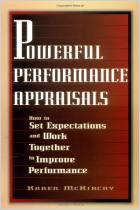
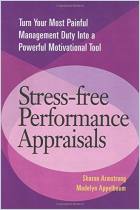
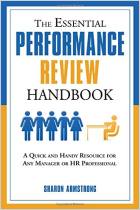
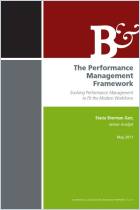
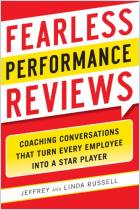




Comment on this summary or 开始讨论